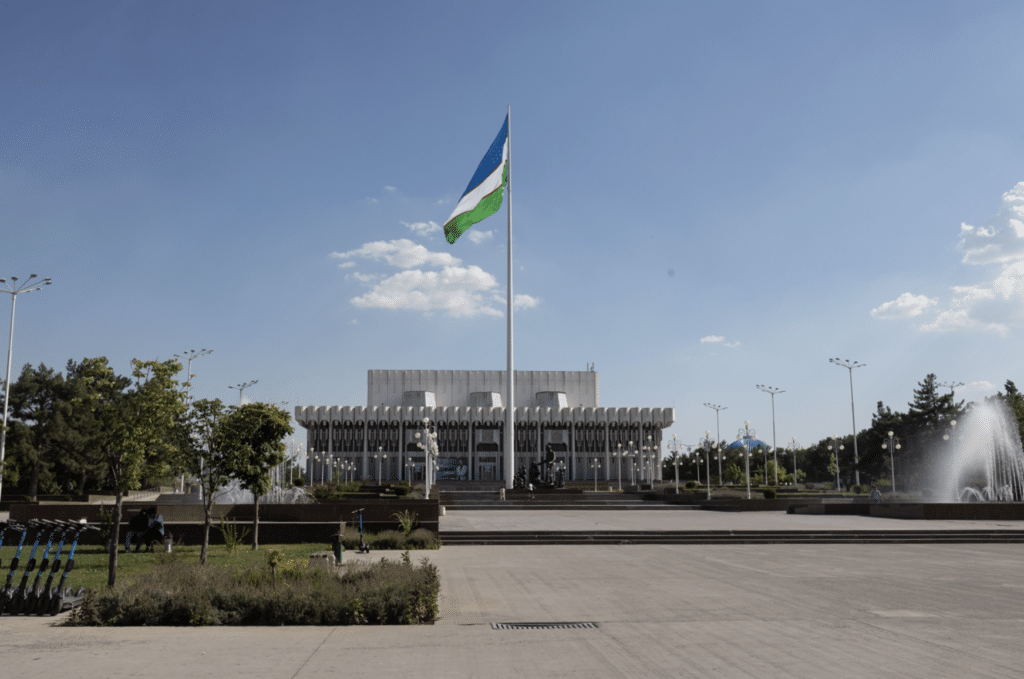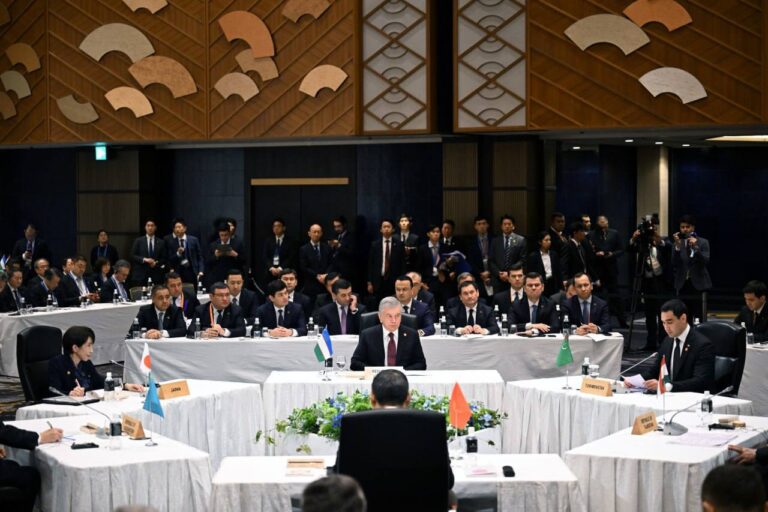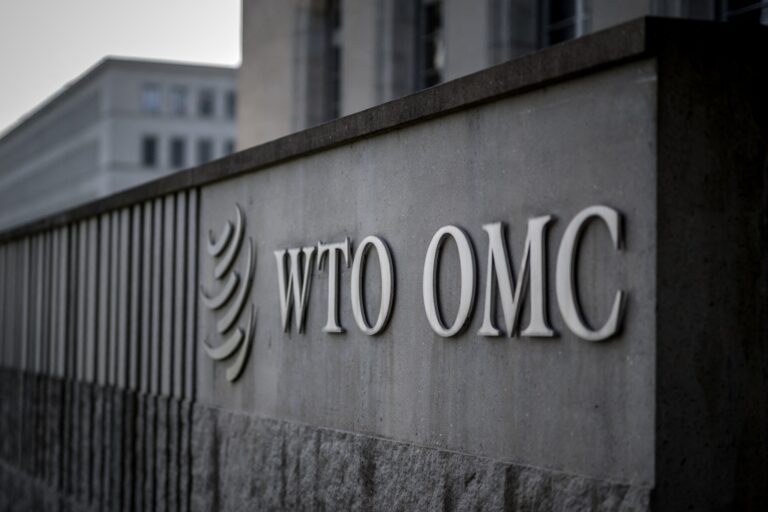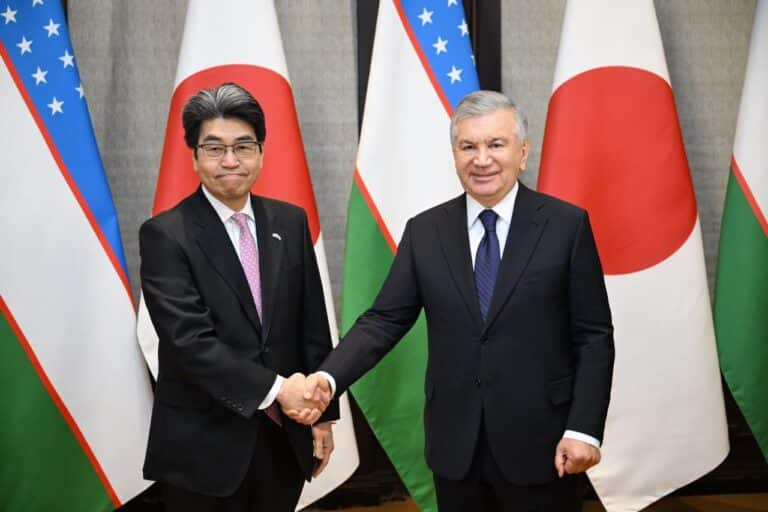
Uzbekistan has made significant progress in tackling air pollution. In 2024, it became the first country in Central Asia to align its national standards for harmful PM2.5 particles with the World Health Organization’s target indicators, according to the 2025 State of Global Air report.
The new permissible level of PM2.5 is now set at 35 micrograms per cubic metre — the minimum threshold recommended by the WHO for countries with high pollution levels. By comparison, nations with the cleanest air, such as Finland and Iceland, record average PM2.5 concentrations below 5 µg/m³.
To improve air quality control, Uzbekistan has expanded its monitoring network, which now covers 26 cities and includes 89 observation points, 23 automated stations and one mobile station. Plans are in place to add a further 347 mini-stations in the coming years. All monitoring data are updated hourly and made publicly available online.
The country is also developing its first National Air Protection Strategy, which will run until 2035. This comprehensive document will coordinate efforts to reduce emissions from transport, industry and other pollution sources.
According to the global report, air pollution caused 7.9 mln deaths worldwide in 2023, with 90% of these occurring in low- and middle-income countries.
Kursiv also reports that since January 2025, Uzbekistan’s solar and wind power stations have produced 9 bn kWh of electricity.














